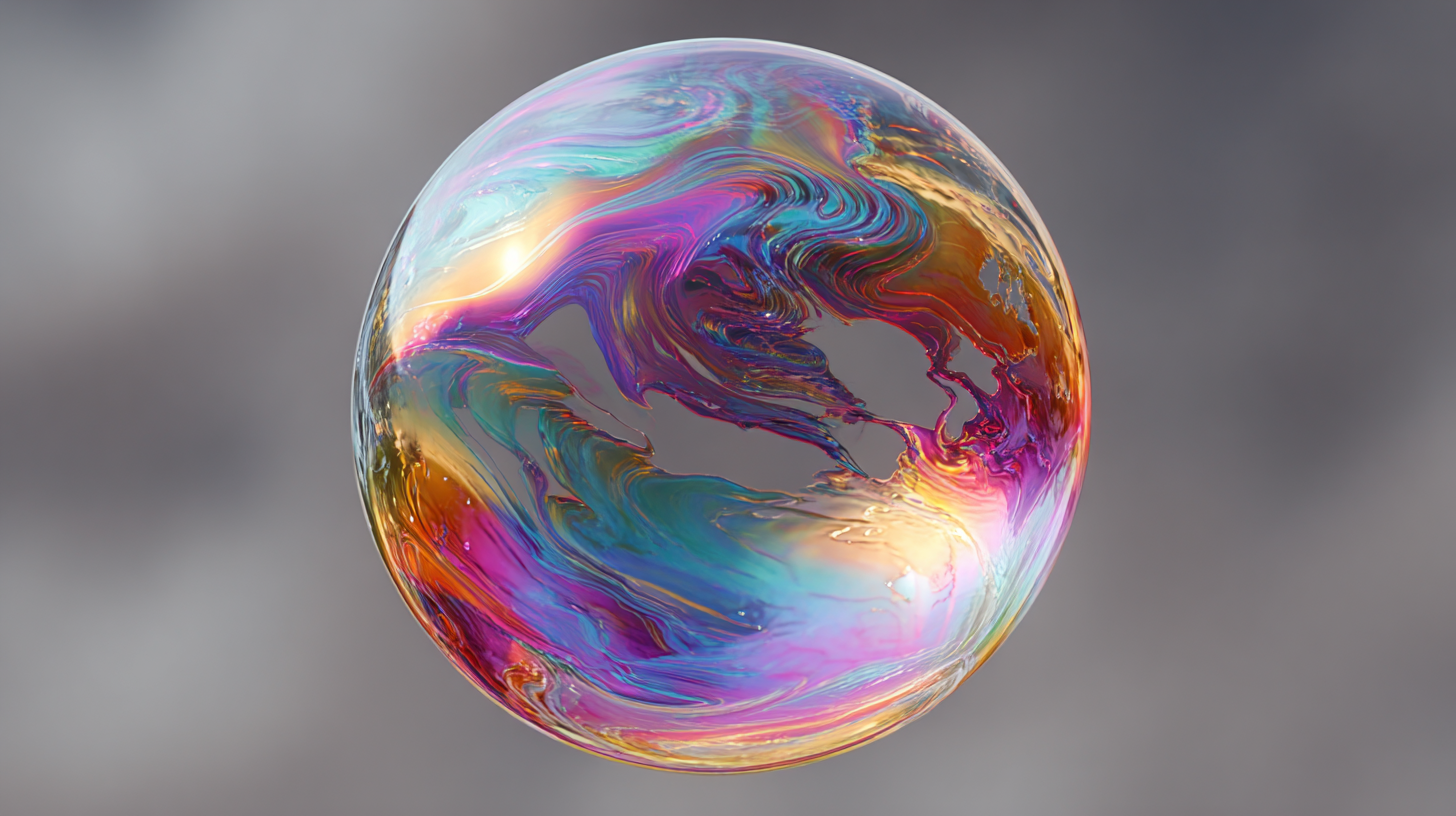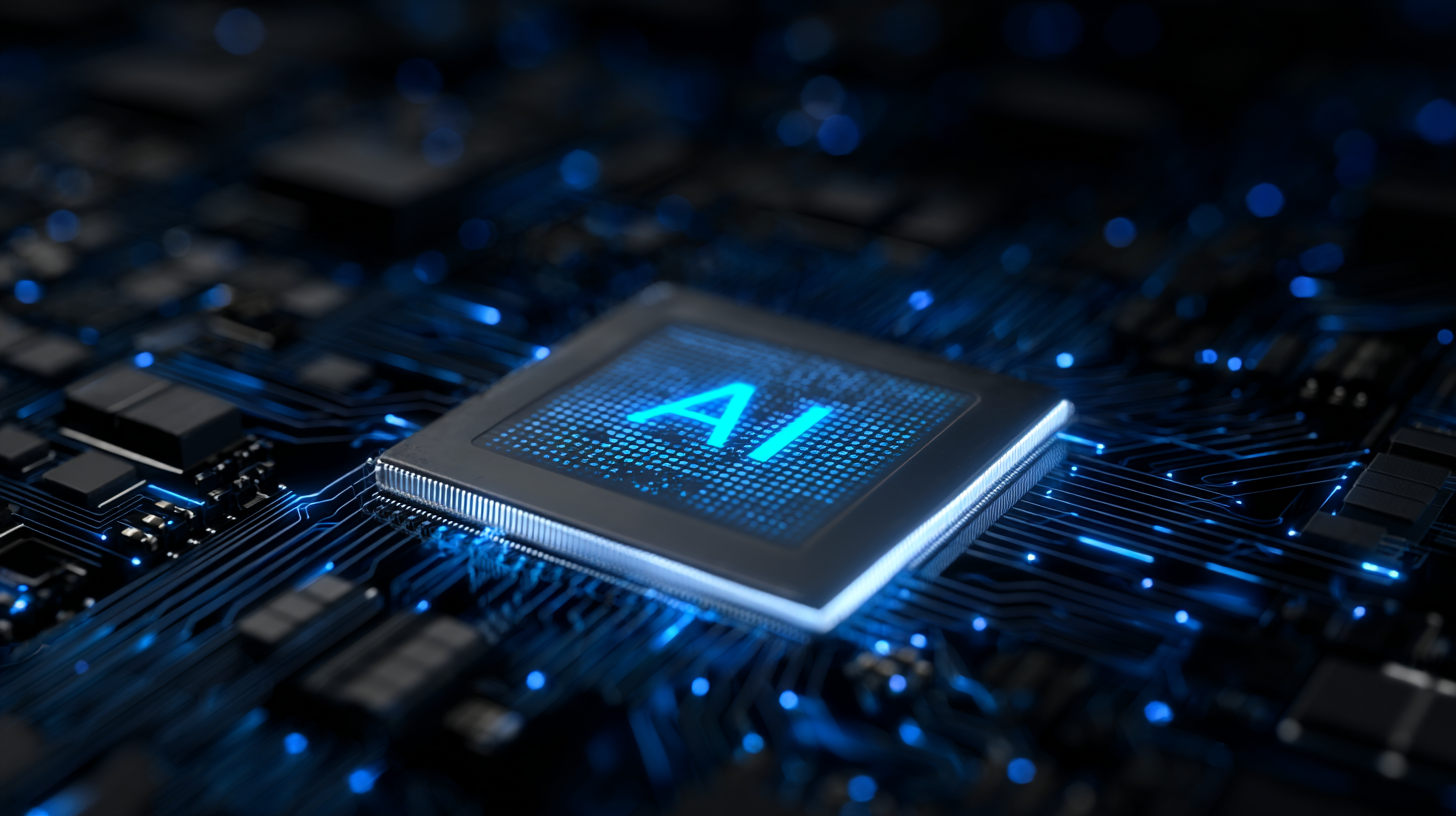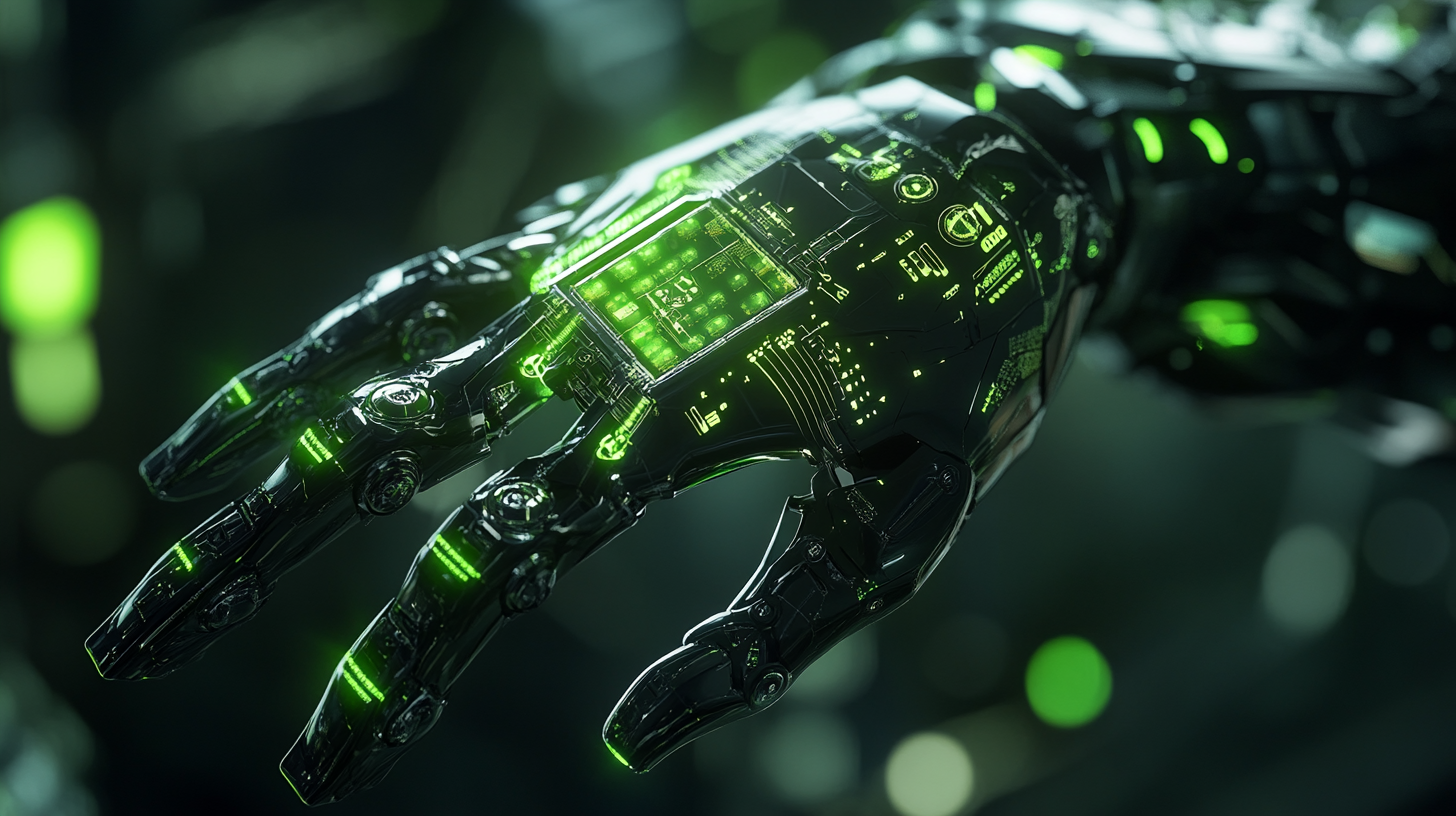Artificial Intelligence (AI) has emerged as a transformative force across various sectors, and the creative industries are no exception. From visual arts to music, film, and literature, AI is reshaping how content is created, produced, and consumed.
The Current Landscape of AI in Creative Industries
The integration of AI into creative fields has been swift and impactful. According to a report by Grand View Research, the global AI in media and entertainment market was valued at $10.87 billion in 2022 and is projected to reach $99.48 billion by 2030, growing at a remarkable CAGR of 26.9% from 2023 to 2030. This exponential growth reflects the increasing adoption of AI technologies across various creative sectors.
AI in Visual Arts
In the realm of visual arts, AI has made significant strides:
- Generative Art: AI systems like DALL-E 2 and Midjourney can create original artworks based on text prompts, pushing the boundaries of digital art creation.
- Style Transfer: AI algorithms can apply the style of one artwork to the content of another, creating unique hybrid pieces.
- Art Authentication: AI is being used to analyze brushstrokes and composition to help authenticate artworks and detect forgeries.
A notable example of AI's impact in the art world was the sale of the AI-generated artwork "Portrait of Edmond de Belamy" for $432,500 at Christie's auction house in 2018, marking a significant moment for AI-created art.
AI in Music
The music industry has also embraced AI technologies:
- Composition and Production: AI tools like Amper Music and AIVA (Artificial Intelligence Virtual Artist) assist in music creation and production, making these processes more accessible to both professionals and novices.
- Personalization: Streaming services like Spotify use AI algorithms to offer listeners tailored musical experiences, enhancing engagement and artist discovery.
- Virtual Artists: The creation of virtual artists, such as the Vocaloid software voice synthesizer Hatsune Miku, demonstrates AI's potential to create entirely new forms of musical entertainment.
AI in Film and Television
In the film and television industry, AI is making its mark in various ways:
- Script Analysis: AI tools can analyze scripts to predict audience reception and box office performance.
- Visual Effects: AI-powered software is streamlining the creation of complex visual effects.
- Personalized Content Recommendations: Streaming platforms use AI algorithms to suggest content tailored to individual viewer preferences.
Benefits of AI in Creative Industries
The integration of AI in creative fields offers several advantages:
- Enhanced Efficiency: AI tools can speed up repetitive tasks, allowing creators to focus on higher-level creative decisions.
- Expanded Creative Possibilities: AI opens up new avenues for artistic expression and experimentation.
- Democratization of Creativity: AI-powered tools make creative processes more accessible to a wider audience, regardless of technical expertise.
- Data-Driven Insights: In various creative industries, AI helps identify upcoming trends and talents through data analysis, informing marketing and production strategies.
Challenges and Ethical Considerations
Despite its potential, the rise of AI in creative industries presents several challenges:
Copyright and Ownership
The use of AI in creative fields raises important legal questions. As Neal Mohan, CEO of YouTube, stated at the World Economic Forum's Annual Meeting in Davos, "Our mantra at YouTube is that AI should not be a replacement for human creativity. It should be a tool used to enhance all of our creativity". This sentiment highlights the need for clear guidelines on copyright and ownership of AI-generated works.
Authenticity and Artistic Integrity
There are ongoing debates about the authenticity and value of AI-generated art compared to human-created works. As Pablo Delcan's "Prompt-Brush" project demonstrates, there's a growing conversation about "the value of the human experience in the creative process, emphasizing the significance of personal interpretation and process".
The Future of AI in Creative Industries
As AI technology continues to evolve, its role in creative industries is likely to expand further:
- Human-AI Collaboration: The future may see more symbiotic relationships between human creators and AI tools, leveraging the strengths of both.
- Immersive Experiences: The integration of AI with virtual and augmented reality technologies could lead to new forms of interactive art and entertainment.
- Personalized Content at Scale: AI could enable the creation of highly personalized content for individual consumers on a massive scale.
- Cross-disciplinary Innovation: AI might facilitate new forms of creativity that blend different artistic disciplines in unprecedented ways.
Conclusion
The integration of AI in creative industries represents a significant shift in how we approach art, music, film, and other forms of creative expression. While it offers exciting possibilities for innovation and accessibility, it also presents challenges that need to be carefully navigated.
As Daren Tang, Director-General of the World Intellectual Property Organization (WIPO), noted at Davos, "Musicians have always embraced technology and used whatever tools they can to find new forms of expression". This sentiment encapsulates the potential for AI to become another tool in the creator's toolkit, rather than a replacement for human creativity.
Moving forward, the key will be to find a balance that harnesses the power of AI to enhance human creativity while addressing the ethical and practical concerns it raises. By doing so, the creative industries can evolve in ways that benefit creators, consumers, and the broader cultural landscape, ushering in a new era of artistic expression and innovation.







